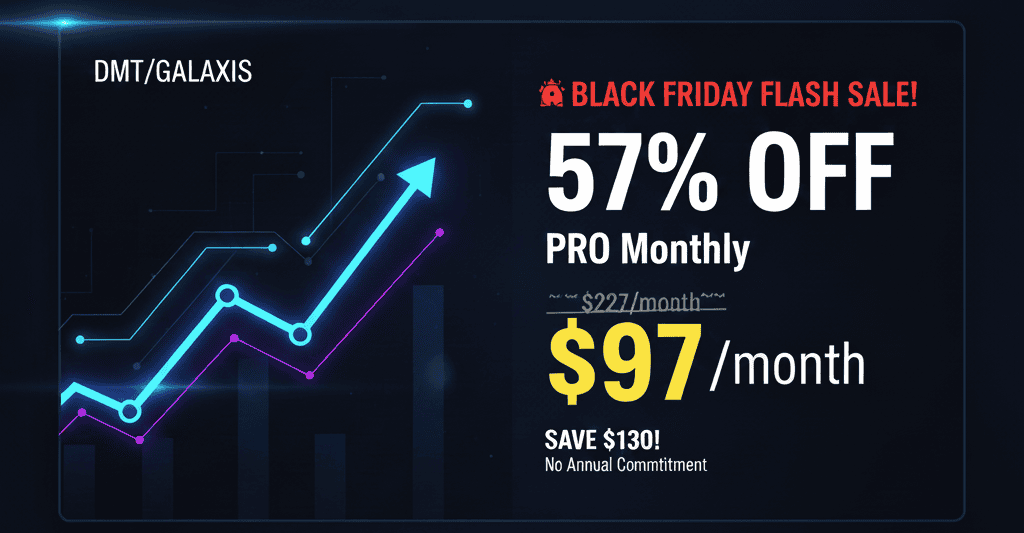Features to Look for in Marketing Automation Software
Identifying the right features to look for in marketing automation software is crucial for enhancing your marketing efficiency and effectiveness. A robust platform can streamline processes, improve customer engagement, and ultimately drive revenue growth. Here are key attributes that you should prioritize when evaluating your options.
Essential Capabilities in Automated Marketing Solutions
Segmentation Tools: Effective segmentation allows you to target specific groups within your audience based on behavior, demographics, or preferences. This precision increases relevance and improves conversion rates. Look for software that offers dynamic segmentation capabilities, enabling real-time updates as user data changes.
Lead Scoring Mechanisms: Lead scoring is vital for prioritizing leads based on their likelihood to convert. Choose a platform that incorporates both explicit (demographic) and implicit (behavioral) scoring criteria. This helps sales teams focus their efforts on high-potential leads.
Reporting Dashboards: Comprehensive reporting tools provide insights into campaign performance and ROI analysis. A good marketing automation platform should offer customizable dashboards that display key metrics such as open rates, click-through rates, and conversion statistics all in one place.
Workflow Builders: Automation workflows can significantly enhance operational efficiency by automating repetitive tasks such as email follow-ups or lead nurturing sequences. Ensure the software includes a visual workflow builder that allows easy customization without requiring technical expertise.
Integrations with Other Tools: Consider the integration capabilities of the software with other platforms you use, like CRM systems or e-commerce solutions. Seamless integration ensures data consistency across channels and enhances overall functionality.
Evaluating Different Marketing Automation Software Options
When assessing various marketing automation tools, consider these evaluation criteria:
User Experience Design Elements: The interface should be intuitive and user-friendly to minimize training time for your team members.
Scalability: As your business grows, so will your marketing needs. Choose a solution that can scale with you without sacrificing performance or requiring extensive reconfiguration.
Cost-Effectiveness: Compare pricing structures among different platforms while considering the value each feature provides relative to its cost. Some platforms may appear cheaper but lack essential functionalities needed for effective campaigns.
Customer Support Services: Reliable customer support is critical when implementing new technology solutions. Verify what support options are available—such as live chat, email assistance, or dedicated account managers—to ensure timely help when issues arise.
Advanced Analytics Capabilities: Advanced analytics tools empower marketers with insights derived from data trends over time rather than just surface-level reports. These insights inform strategic decisions and optimize future campaigns.
Metrics Indicating Effectiveness of Your Chosen Software
To measure the success of your marketing automation efforts effectively:
Conversion Rates: Track how many leads take desired actions after interacting with automated campaigns to assess effectiveness.
Engagement Metrics: Monitor open rates, click-through rates (CTR), and social media interactions to gauge audience interest levels.
Customer Lifetime Value (CLV): Calculate CLV before and after implementing automation strategies; an increase indicates successful targeting and retention efforts.
Return on Investment (ROI): Evaluate the financial returns generated from automated campaigns against costs incurred during implementation and ongoing operations.
Churn Rate Reduction: A decrease in churn rate post-automation indicates improved customer satisfaction through better engagement strategies facilitated by automation tools.
By focusing on these features when selecting a marketing automation platform, you can enhance operational efficiencies while improving customer interactions across multiple touchpoints.
Checklist
- [ ] Identify segmentation tool requirements.
- [ ] Define lead scoring criteria.
- [ ] Assess reporting dashboard needs.
- [ ] Evaluate workflow builder capabilities.
- [ ] Check integration compatibility with existing systems.
- [ ] Analyze user experience design elements.
- [ ] Determine scalability potential of the software.
- [ ] Compare cost-effectiveness against features offered.
- [ ] Review customer support service availability.
- [ ] Investigate advanced analytics capabilities for informed decision-making.
Tracking these aspects will help ensure you select a marketing automation solution tailored to meet your business needs effectively while maximizing return on investment over time through enhanced customer engagement strategies tailored specifically to your audience’s behaviors and preferences.
